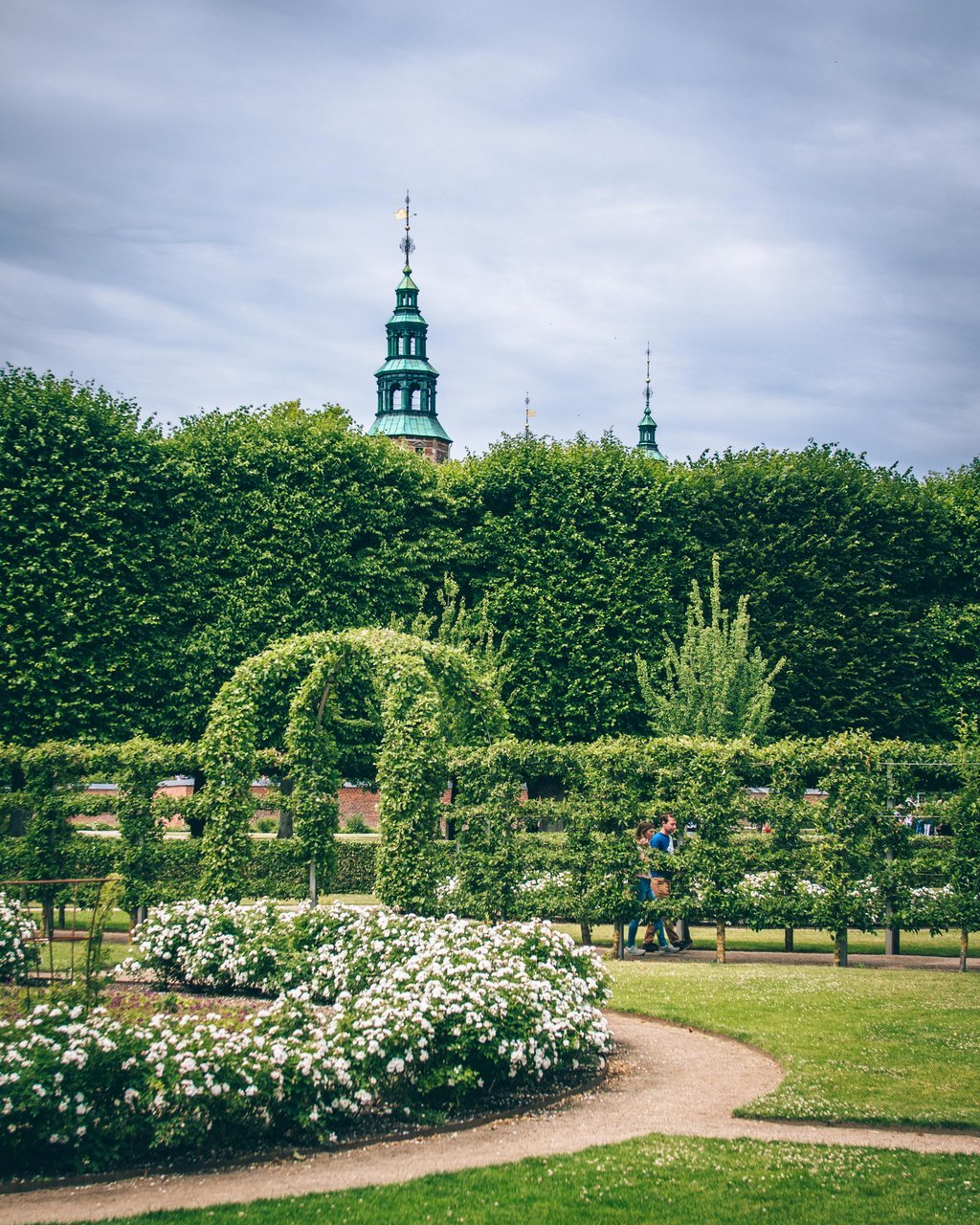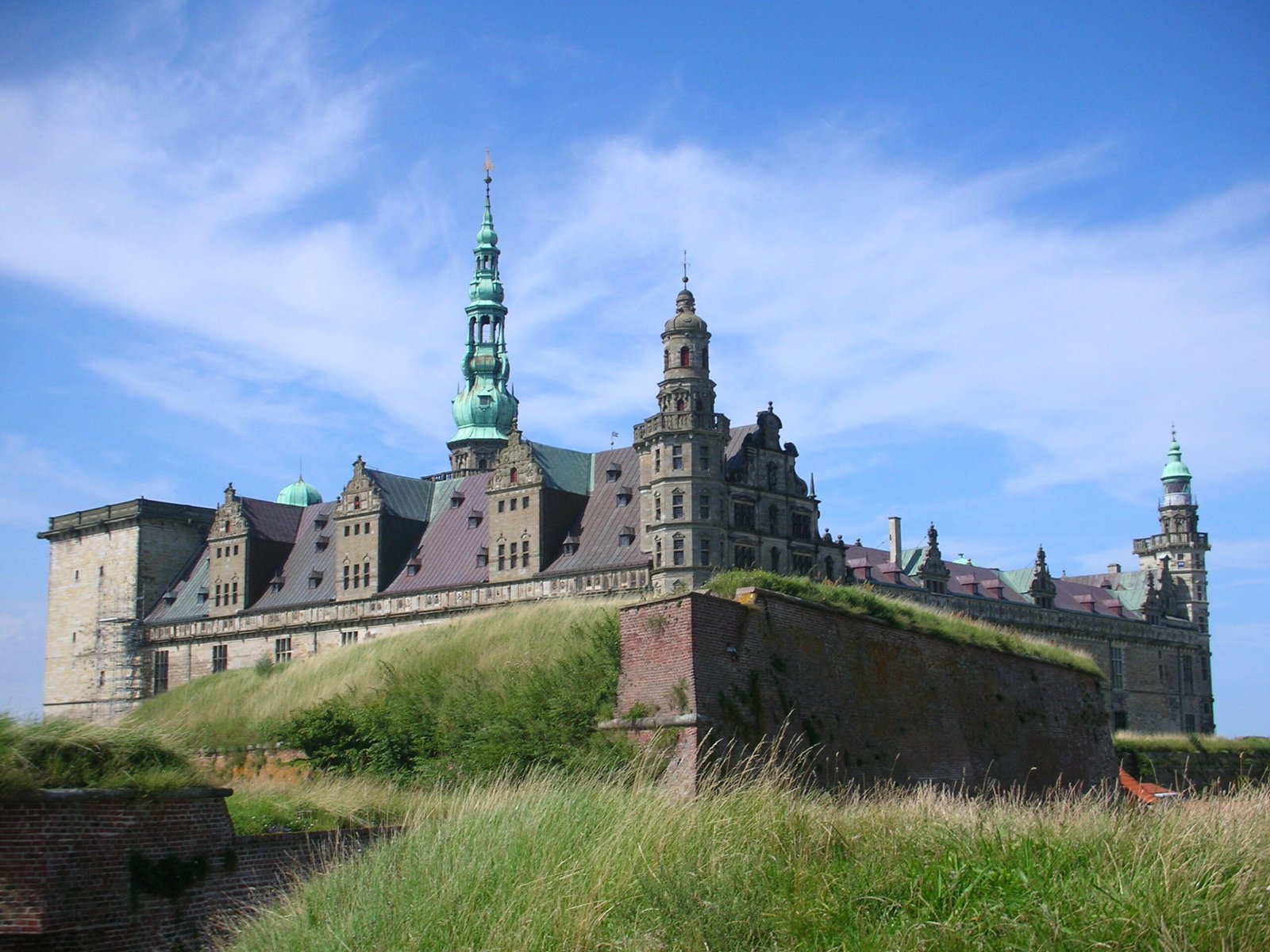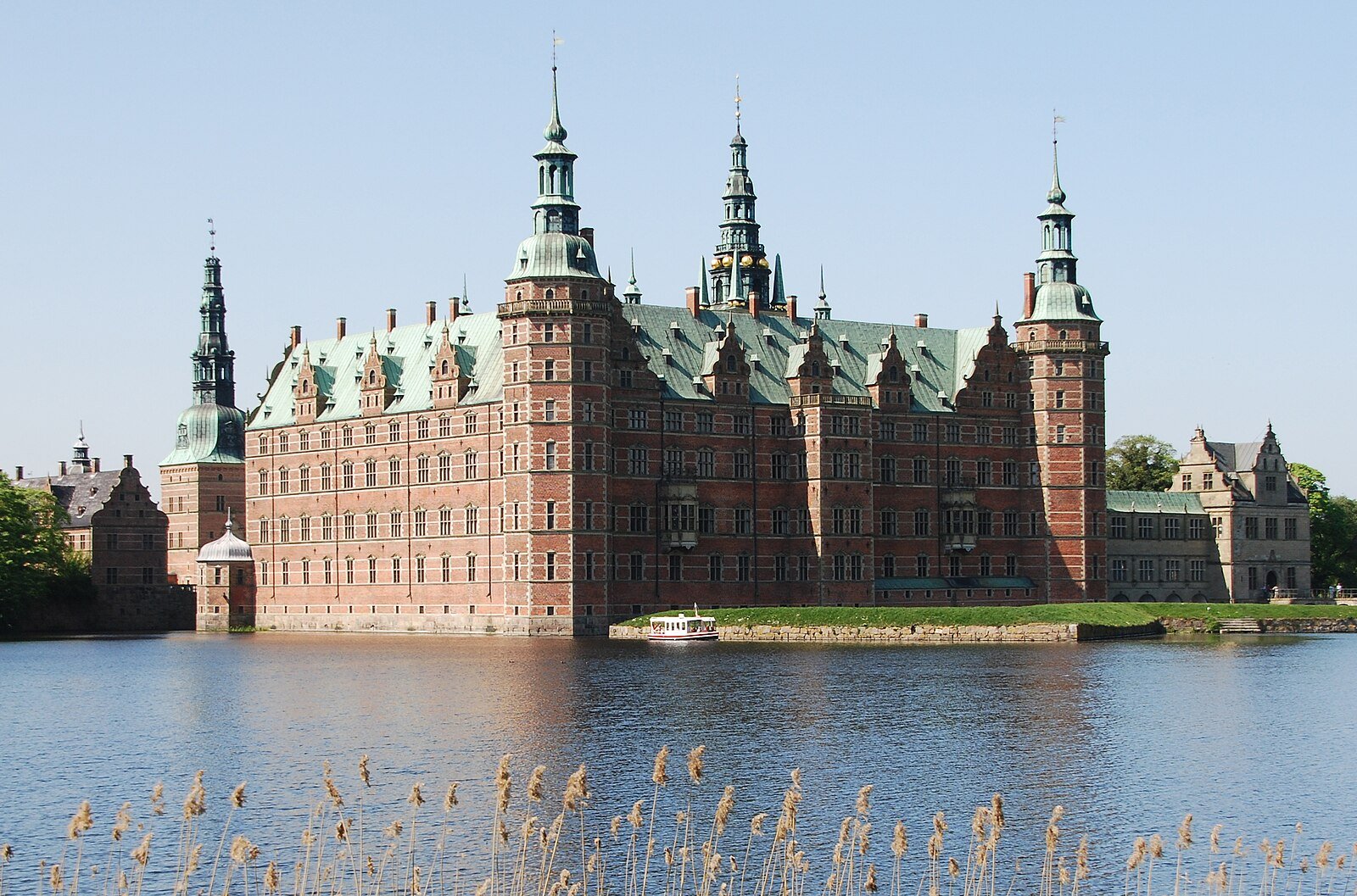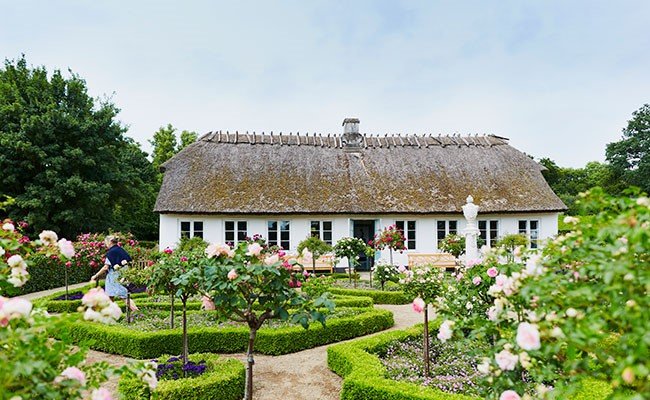Valid Traveler
Royal Copenhagen: 2 days itinerary
Day 1
- Rosenborg Castle – King’s Garden
- The Marble Church
- Amalienborg – Change of royal guards
- Royal Opera- Cafe
- Christianborg Palace
- Garden of the Royal Library
Day 2
- La Glace
- Royal Copenhagen store
- P.C. Perchs – Afternoon tea
- Frederiksberg Palace and Gardens
- Frederiksberg Alle
DAY 1

Rosenborg Castle
Rosenborg Castle is a storybook Renaissance gem built in the early 1600s by King Christian IV as a royal summer residence, nestled amid the lush greenery of Copenhagen’s King’s Garden. Inside, you’ll find lavish royal chambers, portraits, and opulent artifacts—including the breathtaking Danish crown jewels, which are kept in the treasury beneath the castle. With its gilded ceilings and sense of timeless grandeur, a visit here feels like peeking into the private life of Danish royalty.Every day around 11:30 AM, you can catch the Royal Life Guards departing from Rosenborg on their ceremonial march through the city to Amalienborg Palace for the Changing of the Guard.
Contacts:
TIP
King's Garden

The King’s Garden—often called Rosenborg Garden—was originally laid out in the early 1600s by King Christian IV as a royal pleasure retreat surrounding his Renaissance castle. Today, it’s a beloved green oasis in the heart of Copenhagen, attracting around 2.5 million visitors each year with its blooming flowerbeds, rose gardens, historic sculptures, and charming features like the Hercules Pavilion and a playground for kids. On sunny days, locals sprawl across the lawns, and during the Copenhagen Jazz Festival, the garden comes alive with open-air music and festive energy.Located within the garden, the elegant Orangeriet restaurant serves seasonal Nordic cuisine and offers a sun-drenched terrace—perfect for lunch with a view of the roses.

The Marble Church
The Marble Church—officially known as Frederik's Church—is one of Copenhagen’s most striking landmarks, with its grand green dome inspired by St. Peter’s Basilica in Rome. Commissioned by King Frederik V in 1749 but not completed until over a century later, the church is a testament to both ambition and resilience in Danish architecture. Step inside to admire the serene interior bathed in soft light, detailed marble columns, and the breathtaking dome ceiling—which you can climb on weekends and holidays at 1 PM (weather permitting) for a sweeping, 360-degree view of the city skyline.
Contacts:

Amalienborg Palace
Amalienborg is the royal heart of Copenhagen—a stately square surrounded by four identical rococo palaces, where Denmark’s royal family still resides. Originally built in the 1700s for noble families, one of the palaces is now a museum where visitors can step into the private rooms of former monarchs and discover centuries of royal history. Don’t miss the daily Changing of the Guard at noon, especially when King Frederik X is in residence—it’s a quintessential Copenhagen moment complete with bearskin hats and ceremonial flair.
Contacts:

Royal Opera
The Old Royal Opera House in Copenhagen, built in 1748, is a historic gem nestled in the heart of the city, offering a glimpse into Denmark’s rich cultural past. Originally designed by renowned architect Caspar Frederik Harsdorff, it was the city’s primary venue for opera performances until the new Royal Opera House was completed in 2005. Today, the building houses the Royal Danish Theatre and welcomes visitors to experience both classic performances and guided tours that reveal its storied past and magnificent interiors.
Contacts:
TIP
Café August B

Café August B, nestled within the Royal Danish Theatre’s Old Stage, offers a serene spot to enjoy organic, fair-trade fare in a historic setting. Named after Danish ballet legend August Bournonville, the café serves a variety of light dishes, pastries, and beverages. It’s open Tuesday through Sunday from 11:00 AM to 5:00 PM, with extended hours on sunny days.

Christiansborg Palace
Christiansborg Palace, perched on the Slotsholmen island in the heart of Copenhagen, has been the seat of Denmark's government for centuries and remains the official residence of the Prime Minister. The palace’s history stretches back to the early 12th century, and today, visitors can explore its grand chambers, including the Royal Reception Rooms and the impressive Folketingssalen (Parliament Chamber). Don’t miss the chance to visit the palace’s iconic tower for panoramic views of the city, or take a step back in time with a tour of the royal stables, which house the state-owned horses. You can visit Christiansborg Palace year-round, with tours available that delve into the fascinating history and modern-day functions of this architectural treasure.
Contacts:

Garden of the Royal Library
Tucked between historic buildings and the sleek Black Diamond, the Royal Library Garden is one of Copenhagen’s most peaceful hidden corners. Originally laid out in the 1920s on the site of an old naval harbor, it’s now a tranquil oasis with leafy trees, blooming flowers, and a gentle central fountain that invites quiet reflection. It’s the perfect spot to pause with a book or coffee while soaking in views of both the city’s literary past and modern waterfront charm.
Contacts:
DAY 2

La Glace
Café La Glace is a beloved Copenhagen institution, serving decadent cakes and pastries since 1870 in an atmosphere that feels delightfully unchanged by time. Step inside and you’ll find marble-topped tables, mirrored walls, and servers in crisp uniforms delivering towering slices of layer cake and the famous hot chocolate topped with fresh whipped cream. Over the years, La Glace has honored the Danish monarchy with creations like the “Margrethe Cake” in 1972 and the “Frederik X Cake” in 2024—sweet tributes that reflect the patisserie's deep-rooted connection to royal celebrations.
Contacts:

Royal Copenhagen
The Royal Copenhagen flagship store on Amagertorv is a dream for design lovers, blending centuries of porcelain craftsmanship with sleek, modern elegance. Founded in 1775 under the patronage of Queen Juliane Marie, Royal Copenhagen has long been the official purveyor of fine porcelain to the Danish royal family—a tradition that continues to this day. Housed in a beautifully restored 17th-century building, the store invites visitors to explore everything from its iconic blue fluted patterns to limited-edition pieces, all painted by hand with the same meticulous care that once adorned royal tables.
Contacts:

A.C. Perch tearoom Thehandel
A.C. Perch’s Thehandel is a charming, old-world tea shop that’s been steeping tradition since 1835—and has proudly held a royal warrant from the Danish monarchy since the 1800s. Tucked just off Købmagergade, its elegant upstairs tea room offers a refined afternoon tea experience, complete with finger sandwiches, delicate pastries, and perfectly brewed pots from their extensive global selection. It’s a cozy, quietly luxurious escape where every sip feels like a nod to centuries of royal-approved indulgence.
Contacts:

Frederiksberg Alle
Frederiksberg Allé, often called Copenhagen’s answer to the Champs-Élysées, was originally laid out in the 1700s as a grand royal avenue leading to Frederiksberg Palace. Today, it's lined with leafy trees, elegant townhouses, and theaters, making it one of the city’s most picturesque streets for a stroll. At the end of the avenue, Frederiksberg Gardens await—a former royal retreat where you can wander past swans, canals, and hidden pavilions that whisper of Denmark’s regal past.
Contacts:

Frederiksberg Palace and Gardens
Frederiksberg Palace, perched atop a hill overlooking the city, was once the royal family’s summer retreat and still radiates Baroque elegance with sweeping views of the surrounding gardens. The lush Frederiksberg Gardens are a local favorite for strolls, picnics, and even romantic boat rides along the winding canals, where you might spot peacocks roaming freely. With hidden grottos, waterfalls, and a Chinese Pavilion, the grounds offer a fairytale escape just minutes from the heart of Copenhagen.
Contacts:
Extra: outside Copenhagen
Kronborg Palace

Perched dramatically at the edge of the Øresund Strait, Kronborg Palace is a Renaissance masterpiece famously immortalized as Elsinore in Shakespeare’s Hamlet. Just an easy one-hour train ride north from Copenhagen, this 16th-century fortress once controlled the sea passage between Denmark and Sweden, making it one of the most important strongholds in Northern Europe. Walking its grand halls and windswept battlements today, you can almost hear echoes of royal banquets, cannon fire, and the ghostly footsteps of Shakespeare’s troubled prince.
Frederiksborg Castle

Set on three tiny islands in the middle of a shimmering lake, Frederiksborg Palace is a breathtaking example of Renaissance grandeur, built in the early 1600s by King Christian IV to showcase the power and splendor of the Danish monarchy. Just a 40-minute train ride from Copenhagen, the palace now houses the Museum of National History, while its exquisite Baroque gardens — once the backdrop for royal leisure — invite you to wander like a courtier beneath sculpted hedges and fountains.
Dronning Louises Tehus

Nestled within the romantic Bernstorff Gardens just north of Copenhagen, Dronning Louises Tehus — Queen Louise’s Tea House — is a charming 19th-century pavilion built for the beloved queen consort of King Christian IX. Only about a 20-minute train ride from the city, the tea house once served as a peaceful royal retreat, where the queen hosted intimate gatherings amid blooming rose gardens and ancient oaks. Today, you can savor a traditional afternoon tea served under a canopy of fragrant roses, where every sip and sweet bite feels like a step back into the elegance of a royal summer day.